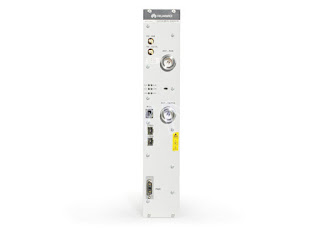RSSI
RSSI (Recieved Signal Strength Indicator) is a common name for the
signal strength in a wireless network environment. It is a measure of the power level that a RF
client device is receiving from an access point, for example. RSSI is the relative signal strength in a wireless environment and
can be measured in any unit of power. It is often expressed in decibels (db),
or as percentage values between 1-100, and can be either a negative, or a
positive value.
The closer the figure is to zero, the better. For example, RSSI of -65 is better than -85. As a general example, a good signal would be -50, a reasonable would be -75, and a bad one would be -90, while -100 would provide no service at all.
To get a meaniful measurement of a good quality signal, you would have to subtract the noise on the line from that signal power level and consider the difference. A higher difference of signal to noise indicates better signal.
The closer the figure is to zero, the better. For example, RSSI of -65 is better than -85. As a general example, a good signal would be -50, a reasonable would be -75, and a bad one would be -90, while -100 would provide no service at all.
To get a meaniful measurement of a good quality signal, you would have to subtract the noise on the line from that signal power level and consider the difference. A higher difference of signal to noise indicates better signal.


Comments
Post a Comment